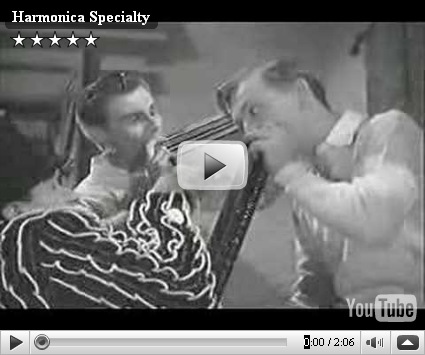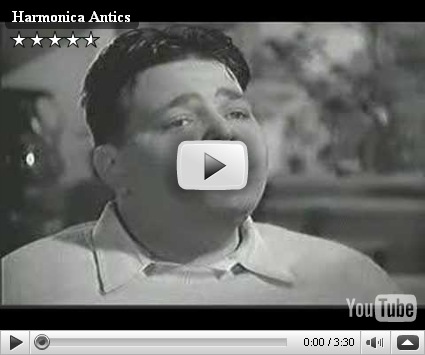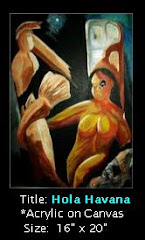
Richard Boone as Dr. Konrad Styner
As child growing up in the 1950’s, I was among the first generation to be born into a world dominated by Television. My parents got their first TV the year after I was born, in 1955.
Prior to that, there really hadn’t been much point. Only one TV broadcaster was on the air in Tampa in 1954 (WSUN-TV), a UHF station, with limited programming and even more limited picture quality.
Up until 1964, TV manufacturers weren’t required to include a UHF tuner on TVs, and so early receivers needed a special converter. Even then, UHF was prone to poor propagation and picture quality.
But in 1955, WTVT-13 came on the air, followed by WFLA-8. By the time that I was cognizant of my surroundings, TV was commonplace.
Some of my earliest recollections of TV might seem a bit obscure to those who weren’t around in the late 1950’s. I remember, for instance, watching the Test Pattern which ran for about 15 minutes, each morning before the broadcast day began.

Exciting? You bet!
Next would come the National Anthem . . . and then the daily FARM REPORT!
Well, in 1958, we were easily entertained.
Sometimes TV signals would `skip’ long distances, and we’d suddenly get Cuban TV, usually with scantily clad night club dancers (something you’d never see on American TV!).
The phone lines would light up all over town as people called their friends and told them, “Quick, turn on Channel 2!”
Sadly, the atmospheric conditions that allowed for such reception usually lasted only a few minutes.
Two of the earliest TV shows that I remember, and that had a profound affect on my life, were Rescue 8 – starring Jim Davis and Lang Jeffries as a pair of Los Angeles Fire Department Rescue personnel – and MEDIC, starring Richard Boone.
My brother and I both ended up working as rescue-paramedics, probably due in no small measure to our early exposure to these shows.
Sadly, I’ve yet to find any episodes of Rescue 8, but recently several episodes of Medic have turned up.
Medic may not have been TV’s first medical drama, but it was undoubtedly the first one that strove (sometimes to its detriment) for realism.
Created, and often written and directed by James E. Moser- whose pedigree included writing many episodes of the realistic procedural police drama Dragnet – Medic broke a number of television Taboos along the way.
Airing on NBC from September of 1954 to November of 1956 (and then in reruns for years to come), Medic starred Richard Boone (before he became Paladin) in an anthology medical drama promised that asserted that it “made no compromises with truth”.
Moser, who had written episodes for the hugely popular Doctor Kildare radio show, believed that those early shows hadn’t really delved into the medical aspects of healing.
The emphasis, therefore in Medic, became the medicine . . and characters and subplots were minimal.
Although groundbreaking, Medic was up against the toughest competition on TV. It aired opposite I Love Lucy in prime time.
Over its two year run, it also ran into trouble with censors, sponsors, and the sensibilities of the public. Many people just weren’t comfortable with an honest portrayal of medicine – one where happy endings were never assured.
Medic's first show was about a difficult birth in which the mother died and the child lived. Not content to have an actress pretend to give birth, an actual birth was filmed and televised.
Medic would tackle such `hot’ subjects as depression, mental retardation, and racism over its two year run.
In the second season, an episode showed a graphic cesarean birth, including the incision. Cardinal Spellman of the New York Archdiocese apparently learned about the show before it aired, and his complaints persuaded NBC to delete the operation.
Another episode in the second season centered on a Black doctor choosing between staying the big city where he trained or moving back to a small southern town. Southern TV affiliates threatened not to air the episode, and so NBC decided to shelve it.
James Moser would move onto another medical show, Ben Casey, which pushed the envelop even further. But by then, it was the 1960’s, and television has grown . . . at least a little.
Although Richard Boone had worked steadily after WWII, on the radio, and on Broadway, he wasn’t exactly a star. He’d been signed by Twentieth Century Fox in 1950, and had appeared in movies like The Halls of Montezuma, Rommel, The Desert Fox.
He even played Pontius Pilate in The Robe, but he was hardly a household name. He was offered the job playing Dr. Konrad Styner because Moser had remembered him from an episode of The Doctor.
We’ve an even dozen episodes available at this time on the Internet Archive.
![[movies]](http://www.archive.org/images/mediatype_movies.gif) "Medic" Dr. Impossible
"Medic" Dr. Impossible
"Medic" Dr. Impossible Original Air Date: 28 February 1955 (Season 1, Episode 19)
![[movies]](http://www.archive.org/images/mediatype_movies.gif) "Medic" General Practitioner
"Medic" General Practitioner
"Medic" General Practitioner Original Air Date: 13 June 1955 (Season 1, Episode 28)
![[movies]](http://www.archive.org/images/mediatype_movies.gif) "Medic" Never Comes Sunday "Medic" Never Comes Sunday Original Air Date: 23 May 1955 (Season 1, Episode 27)
"Medic" Never Comes Sunday "Medic" Never Comes Sunday Original Air Date: 23 May 1955 (Season 1, Episode 27)
![[movies]](http://www.archive.org/images/mediatype_movies.gif) "Medic" Walk with Lions
"Medic" Walk with Lions
"Medic" Walk with Lions Original Air Date: 12 September 1955 (Season 2, Episode 2) Keywords: Medic: Classic TV
![[movies]](http://www.archive.org/images/mediatype_movies.gif) "Medic" Flash of Darkness
"Medic" Flash of Darkness
"Medic" Flash of Darkness Original Air Date: 14 February 1955 (Season 1, Episode 17)
![[movies]](http://www.archive.org/images/mediatype_movies.gif) "Medic" My Brother Joe
"Medic" My Brother Joe
"Medic" My Brother Joe Original Air Date: 25 October 1954 (Season 1, Episode 6) Keywords: Medic: Classic TV
![[movies]](http://www.archive.org/images/mediatype_movies.gif) "Medic" The Wild Intruder
"Medic" The Wild Intruder
"Medic" The Wild Intruder Original Air Date: 6 December 1954 (Season 1, Episode 11)
![[movies]](http://www.archive.org/images/mediatype_movies.gif) "Medic" Who Search for Truth
"Medic" Who Search for Truth
"Medic" Who Search for Truth Original Air Date: 27 February 1956 (
![[movies]](http://www.archive.org/images/mediatype_movies.gif) "Medic" Break Through the Bars
"Medic" Break Through the Bars
"Medic" Break Through the Bars Original Air Date: 14 March 1955 (Season 1, Episode 20)
![[movies]](http://www.archive.org/images/mediatype_movies.gif) "Medic" Boy in the Storm
"Medic" Boy in the Storm
"Medic" Boy in the Storm Original Air Date: 3 January 1955 (Season 1, Episode 14) ( A Neat Note: Look for a very young Dennis Hopper. This marks his first role on film )
![[movies]](http://www.archive.org/images/mediatype_movies.gif) "Medic" A Time to Be Alive
"Medic" A Time to Be Alive
"Medic" A Time to Be Alive Original Air Date: 31 January 1955 (Season 1, Episode 16)
![[movies]](http://www.archive.org/images/mediatype_movies.gif) "Medic" Till the Song Is Done, till the Dance Is Gone
"Medic" Till the Song Is Done, till the Dance Is Gone
"Medic" Till the Song Is Done, till the Dance Is Gone Original Air Date: 9 July 1956 (Season 2, Episode 29)















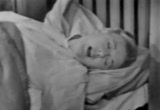
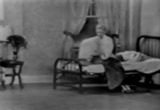
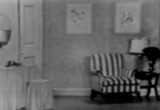

![[movies]](http://www.archive.org/images/mediatype_movies.gif)

